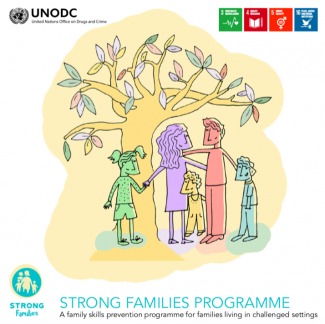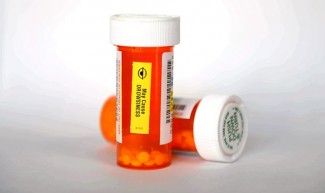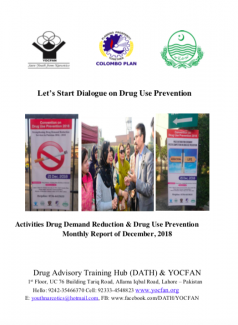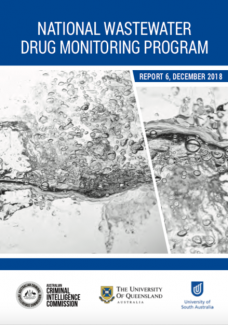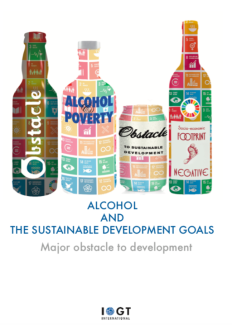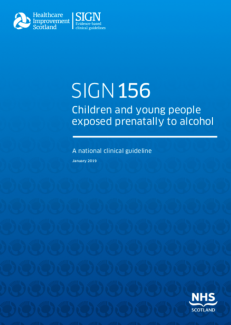Search
Standards for Opioid Use Disorder Care: An Assessment of Nordic Approaches
Opioid Use disorder is one of the most challenging forms of addiction facing health care systems around the world. The treatment of opioid dependence is important to reduce its health and social consequences and to improve the well-being...
The Link between the Marketing of Opioid Products with Mortality from Opioid-Related Overdoses
Families First
Alcohol Consumption and Parenthood
The Effects of Oxytocin on Withdrawal, Craving and Stress Response in Heroin-Dependent Patients
According to the World Drug Report opioids are the most harmful drug type, accounting for 70% of the adverse health impacts associated with drug use disorders worldwide. Treatment typically focusses on controlling withdrawal, preventing...
The Drug Advisory Training Hub (DATH) & YOCFAN Drug Demand Reduction Activities in Educational Institutions
Drug Advisory Training Hub (DATH) & YOCFAN have published their latest progress report outlining the work that has been carried out as part of their prevention programme in Lahore Punjab.
As well as providing the key figures and progress...
Hazardous Alcohol Use among Patients with Schizophrenia and Depression
Harmful alcohol use is known to increase the risk of alcohol dependence as well as physical conditions such as hypertension, cardiovascular disease, and cirrhosis.
Alcohol use disorder (AUD) is a common co-occurring disorder in people with...
Assessing Prenatal Alcohol Exposure in a Study of Foetal Alcohol Spectrum Disorder
Foetal Alcohol Spectrum Disorder (FASD) is a diagnostic term used to describe physical, neurodevelopmental, and cognitive impairments that have occurred following exposure to alcohol during pregnancy. The diagnosis of FASD requires a...
Substance Use among Youth with Chronic Medical Conditions
Adolescence is generally associated with health, development and growth. However, a great number of adolescents are affected by chronic illness - defined as a disability interfering with normal life and/or demanding treatment. Substance use...
Volatile Substance Abuse
Volatile Substance Abuse (VSA) is the practice of inhaling volatile substances, which are often common household products, like glues, gases and aerosols in order to get high.
Glues, gases and aerosols contain volatile substances which...
Treatment of Cannabis-related Problems in the Nordic Countries
After alcohol, cannabis is the second most common intoxicant in the Nordics.
In Denmark cannabis is by far the principle issue among newcomers to drug treatment, in Iceland, more than one-third of all addiction patients have cannabis as a...
Efficacy of Monthly Buprenorphine Injections for Opioid Use Disorders
Opioid use disorder is a chronic, relapsing disease and a global health burden. Treatment for OUD tends to involve a combination of medication and behavioural intervention. It is recognised that buprenorphine can alleviate opioid withdrawal...
Magnitude of Substance Use in India
National Wastewater Drug Monitoring Program
Wastewater analysis is widely applied internationally as a tool to measure and interpret drug
use within national populations, with the current national program in Australia representing world best practice.
Smoking During Pregnancy , Stigma and Secrets
There is significant evidence to suggest that smoking while pregnant is harmful to the baby increases the risk of miscarriage, and premature birth. The Statistics on smoking, England: 2018 compendium report shows that in 2017-18, 10.8% of...
National Cannabis Survey, fourth quarter 2019
Statistics Canada has been conducting the National Cannabis Survey every three months since February 2018.
The main objective of the NCS is to monitor changes in cannabis-related behaviours during the period preceding and following...
Mental Health Professionals’ Views on Smoke-Free Policy
The prevalence of smoking within the general population is in decline. However, the number of people with mental health issues who smoke remains high.
A recent study has examined mental health care practitioners approach to addressing...
Alcohol and the Sustainable Development Goals – Major Obstacle to Development
Alcohol is an obstacle to achieving 13 out of 17 Sustainable Development Goals (SDGs) and 52 of 169 targets.
A major obstacle to sustainable human development:
- Alcohol kills 3.3 million people worldwide every year, representing 5.9 %...
Children and Young People Exposed Prenatally to Alcohol - Clinical Guidelines
Alcohol consumption in pregnancy has the potential to cause significant fetal damage. It is estimated that approximately 3.2% of babies born in the UK are affected by fetal alcohol spectrum disorder, though the guidance says currently few...
Share the Knowledge: ISSUP members can post in the Knowledge Share – Sign in or become a member
